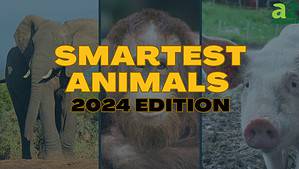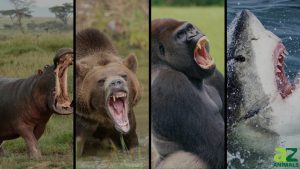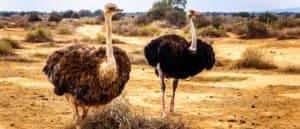The animal kingdom can be pretty brutal. We’re used to learning that most species are raised by single moms, who often have to protect their young from the father, who might hurt them. In this dog-eat-dog world, some animal fathers go well above and beyond. Read on to discover why we are nominating these animals, in no particular order, as “Father of the Year!”
1. Red Fox
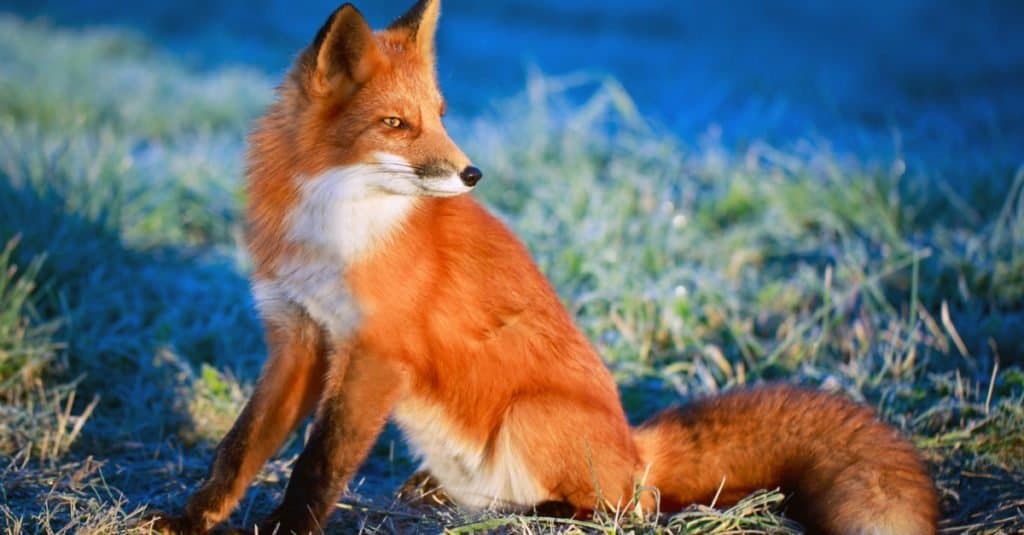
Red fox dads are intimately involved in caring for and training their young.
©DragoNika/Shutterstock.com
The male red fox really brings home the bacon. Every six hours or so, he brings home food for the mom and the nursing pups. When they get a little older, the dad plays fights with the pups and hides food for them to find, teaching them to hunt, defend themselves, and scavenge.
2. Emperor Penguin
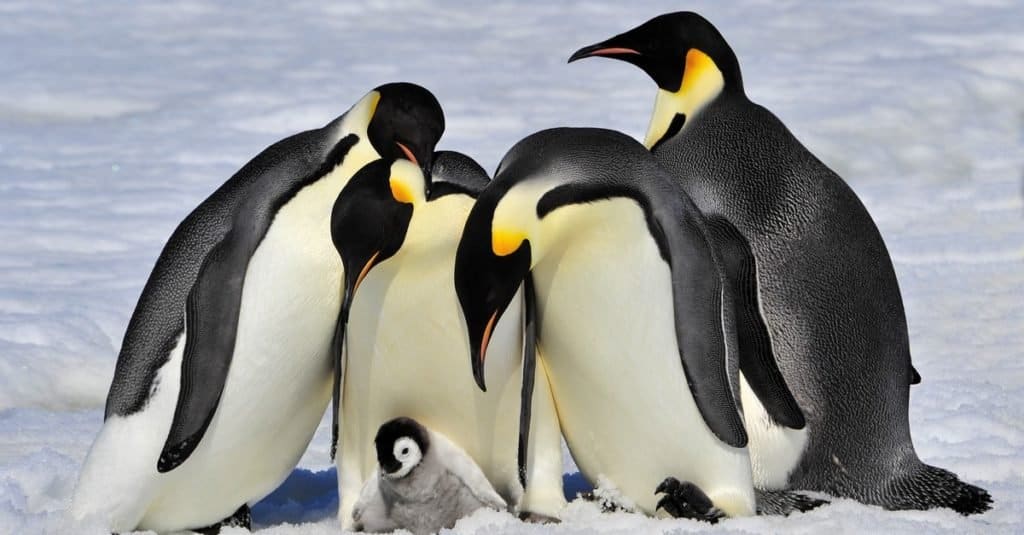
Males take care of hatching emperor penguin chicks while the moms go fishing.
©vladsilver/Shutterstock.com
Emperor penguins breed in winter. As soon as the female lays her egg, she leaves on an extended fishing trip with her friends. The dad balances the egg on its feet and covers it with a warm layer of skin called the brood pouch to protect the egg from the frozen Antarctic ground. Along with the other males, he will do this for 65 days in the most severe winter weather until his chick hatches and his mate returns.
3. Seahorse

Seahorse males are responsible for carrying and birthing their young.
©Drew McArthur/Shutterstock.com
The male seahorse takes fatherhood to a whole new level by actually “giving birth” to their babies. The female actually produces the eggs but then deposits them inside the male’s brood pouch. There, anywhere from a few dozen to a thousand or more young will grow for 10-30 days, depending on the species, until the male expels them. They’ll wind their tails around grass stems and continue to feed and grow, and the male will go back to his mate to start the process again.
4. Mouthbrooding Fish

Mouthbrooding fish, as the name suggests, carry their young in their mouths.
©SergeUWPhoto/Shutterstock.com
Several different species of tropical fish use mouthbrooding as a reproduction strategy. In some species, it’s the male; in some, it’s the female; and in some, it is both. They keep the eggs warm and safe in their mouths until they hatch, then release them to fend for themselves. It’s a costly strategy. The parent can’t eat while brooding young, and if the parent is eaten by another fish, all the eggs go with them. But for the species that use this strategy, it appears to work!
5. African Wild Dog
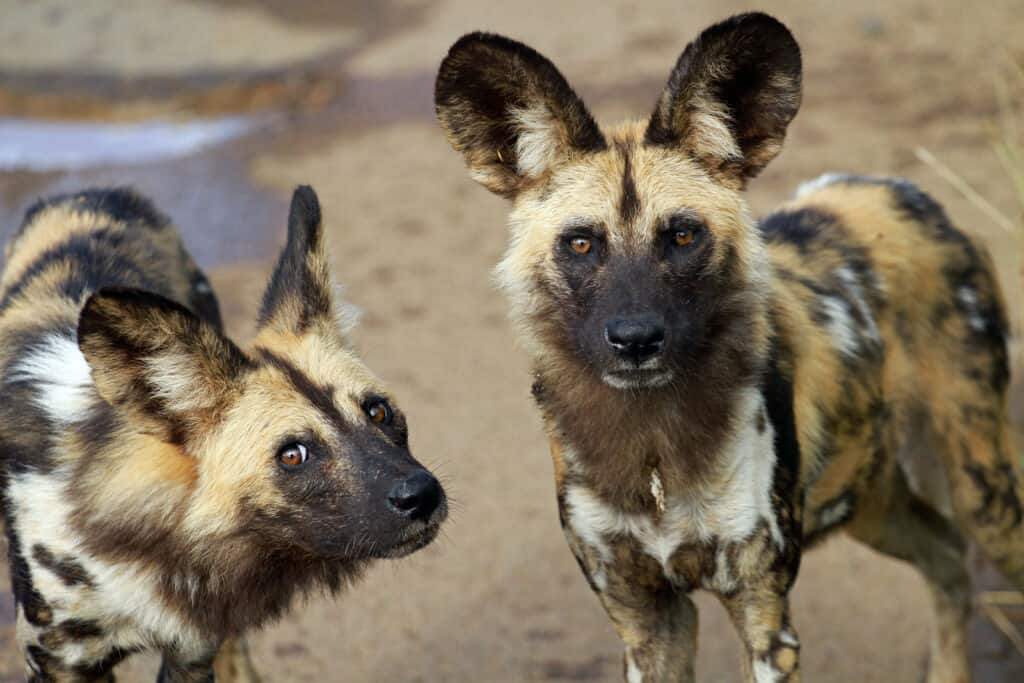
African wild dog dads pre-chew their pups’ food.
©bayazed/Shutterstock.com
When it comes to feeding their young, African wild dog dads are super attentive. For the first ten weeks puppies can’t eat solid food, so the fathers chew food, swallow it to start the digestion process, then cough it up back at the den as baby food for their youngsters. We don’t know whether to say “aw, cute!” or “ew, gross!” to this one.
6. Emu
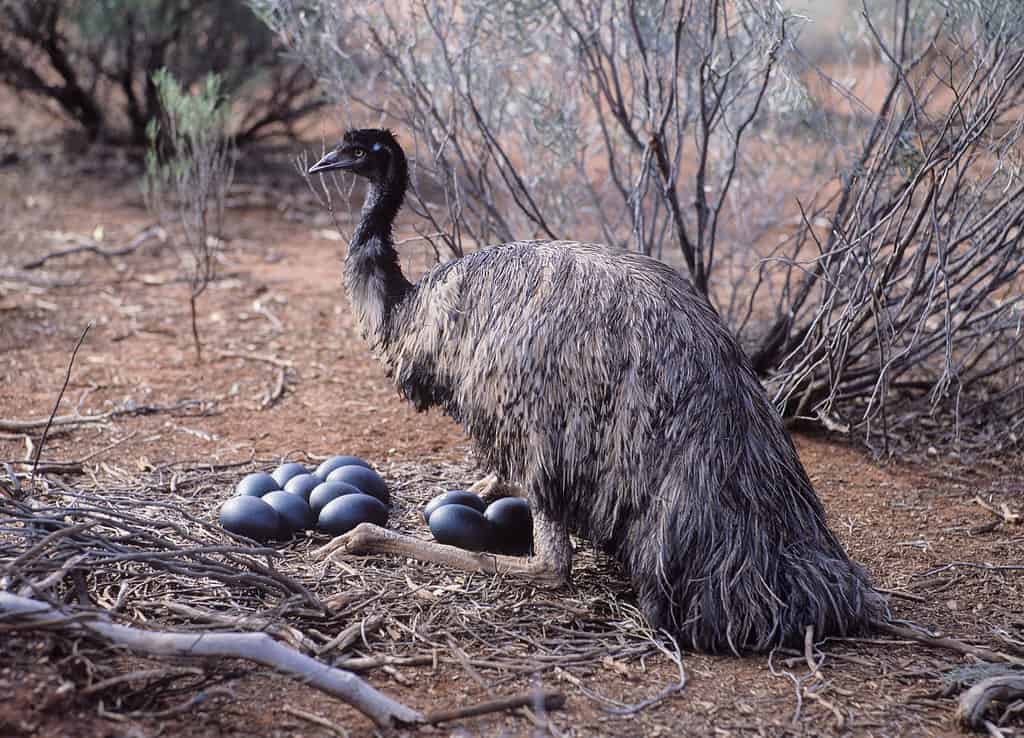
This male emu is caring for eggs at the family nest.
©JohnCarnemolla/ via Getty Images
Emus reverse expected gender roles in several ways. During the breeding season, females fight over males instead of vice versa. After a female lays her eggs, the male does the incubation. Until the eggs hatch about 8 weeks later, he will get thin and weaker from hardly eating or drinking a thing. The father continues nurturing the young as they grow to maturity, which takes about six months. After all this good care, the full-grown offspring still sometimes hang around the family for the rest of the year until the mom lays a new clutch of eggs.
7. Rhea

Rheas have been called “South American ostriches.”
©RudiErnst/Shutterstock.com
Like the Australian emus, the male rhea of South America does the hard work of incubating eggs and raising chicks, sheltering them under his wings for warmth and safety. He will charge at any threat to protect his babies, including other rheas. The moms, meanwhile, go off to mate with other males. Not all males want to be stay-at-home dads, though. Some will find a lower-ranked male to sit on his eggs while he goes off to mate again and start another nest. You might say that life for rheas pretty much resembles a soap opera.
8. Flamingo

Both male and female flamingos produce “crop milk” for their young.
©Ondrej Chvatal/Shutterstock.com
Unlike the free-wheeling lifestyle of rheas, flamingos are monogamous. They cooperate in building a nest of mud and sticks. The mother lays only one egg, which they take turns sitting on to incubate. When it hatches, both parents feed “crop milk.” Special glands in the upper digestive tract produce this fat- and protein-rich custom baby food. The young ones start leaving the nest after only about 5 days, and the parents only feed them for about 3 weeks until they’re on their own.
Which animal father do you think is the best example of “modern” fatherhood?
Thank you for reading! Have some feedback for us? Contact the AZ Animals editorial team.





